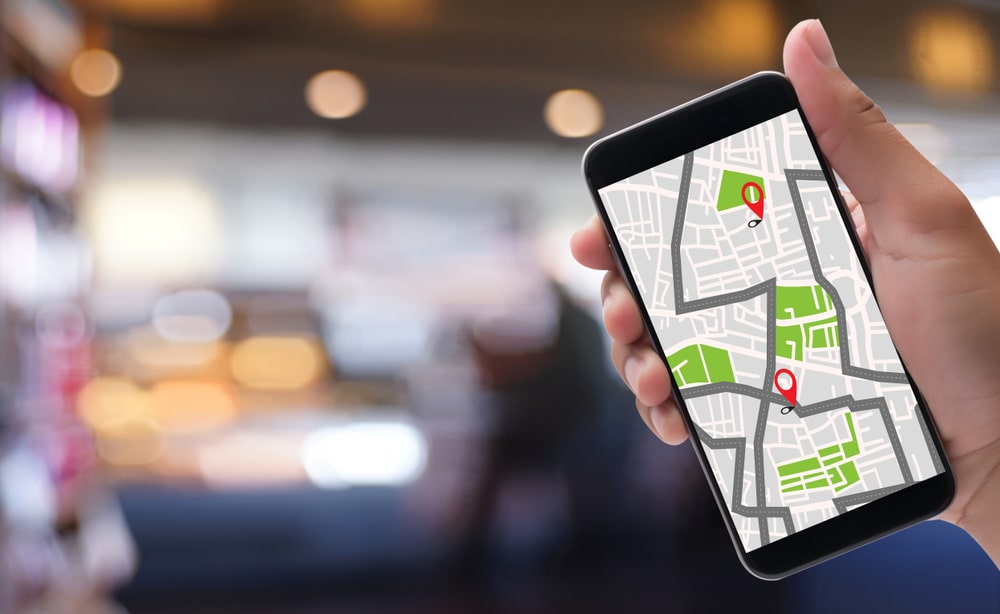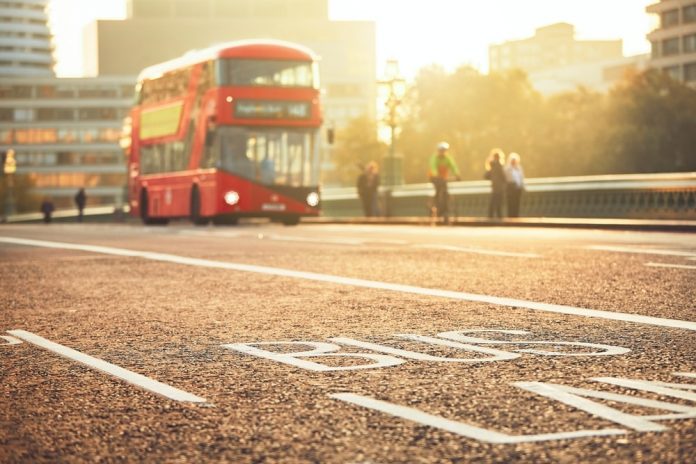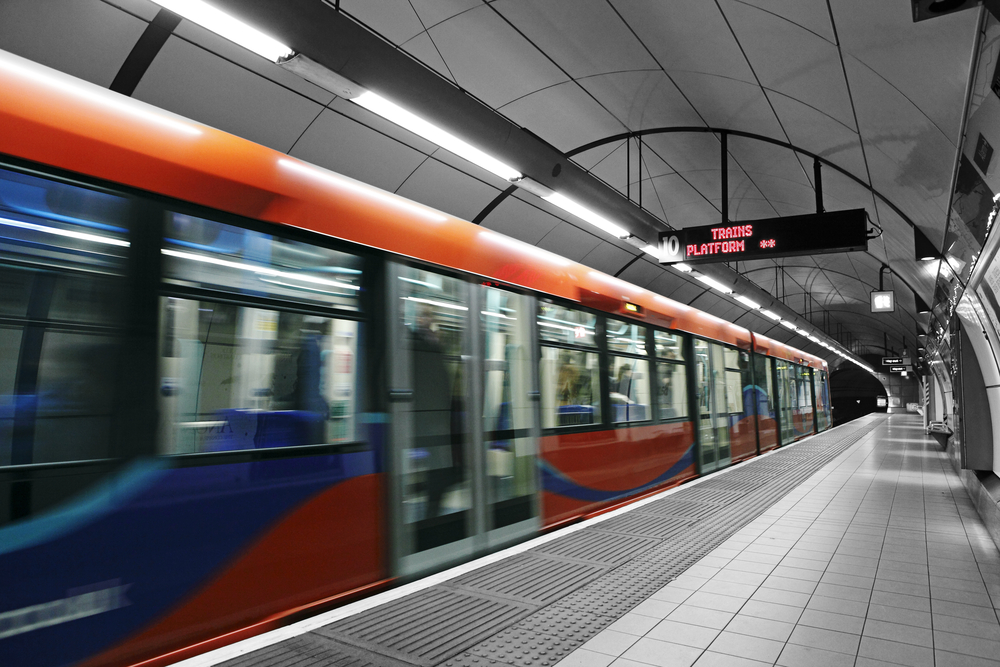London is an incredibly big city, spanning a whopping 600 square miles in size. With 32 boroughs and countless more districts to explore, it’s unsurprising that London’s sheer scale requires a public transport service of equal magnitude. That’s where the London Underground network comes in. With 270 stations and a network running for hundreds of miles, the London Underground is one of the largest below the earth train networks in the world and easy to use for guests of hotels near Bayswater Road.
For regular guests of boutique hotels near Hyde Park, London’s public transport system is intuitive and efficient to navigate, but for first timers in the city it can take a little getting used to. This blog will outline some top tips for first time Underground users and how you can capitalise on this stunning feat of engineering during your visit.
What Is The London Underground?

The London Underground is a large series of underground railway lines that extend through and into the outskirts of Greater London. With 11 tube lines and hundreds of miles of track, the London Underground is easy to use with the option of contactless payment cards for single journeys or a contactless top up card called the Oyster, which we’ll get onto in a moment.
Know Your Line Colours
The first big tip is to get to know the different colours of the tube lines. With many colour coordinated maps and signs utilising only the colour rather than name of the tube line, it’s well worth knowing your dark blues from your silvers, especially if in a rush and darting around a large, mazelike station – which is many of them!
Invest In An Oyster Card
Whether you’re staying at breakfast Hyde Park hotels or just commuting into London for the day, an Oyster Card – the blue top up cards we spoke about briefly above – are a vital tool. This is in part because an Oyster Card allows you to buy daily, weekly and even monthly travel cards that can be uploaded to it. They are also useful for linking up national railcards that can save you up to a third on off-peak journeys. Lastly, Oyster Cards allow you to control your spending when you use public transport in London, whilst tapping in with a debit card can be like a leaky bank account.
Know Your Peak Times
As mentioned above, off-peak trains and railcards can save you up to a third on single journeys. That’s not the only benefit of off peak tubes, prices can rise by a third at peak times and tubes are busier due to rush hour commuters travelling in and out of the city’s major terminals. Peak times in London are between 06.30 am and 9.30 pm and also between 4 pm and 7 pm. If you want to have a better value and less crowded tube or bus journey, then make sure to avoid these hours of travel where possible.
Also Read: Tube Tales: The History Of The London Underground
Use Map Apps

If you’re a guest of double and single rooms near Hyde Park and are unsure as to your journey route and potential service disruptions, remember that many underground stations are kitted out with WiFi, making route planning a lot easier. Apps like GoogleMaps and Cityplanner are very easy to use and free to download, providing up to date information on delays. These apps are also capable of rerouting your journey if you miss a train and will provide up to date train times, even for 24 hour tube services on the weekend!





